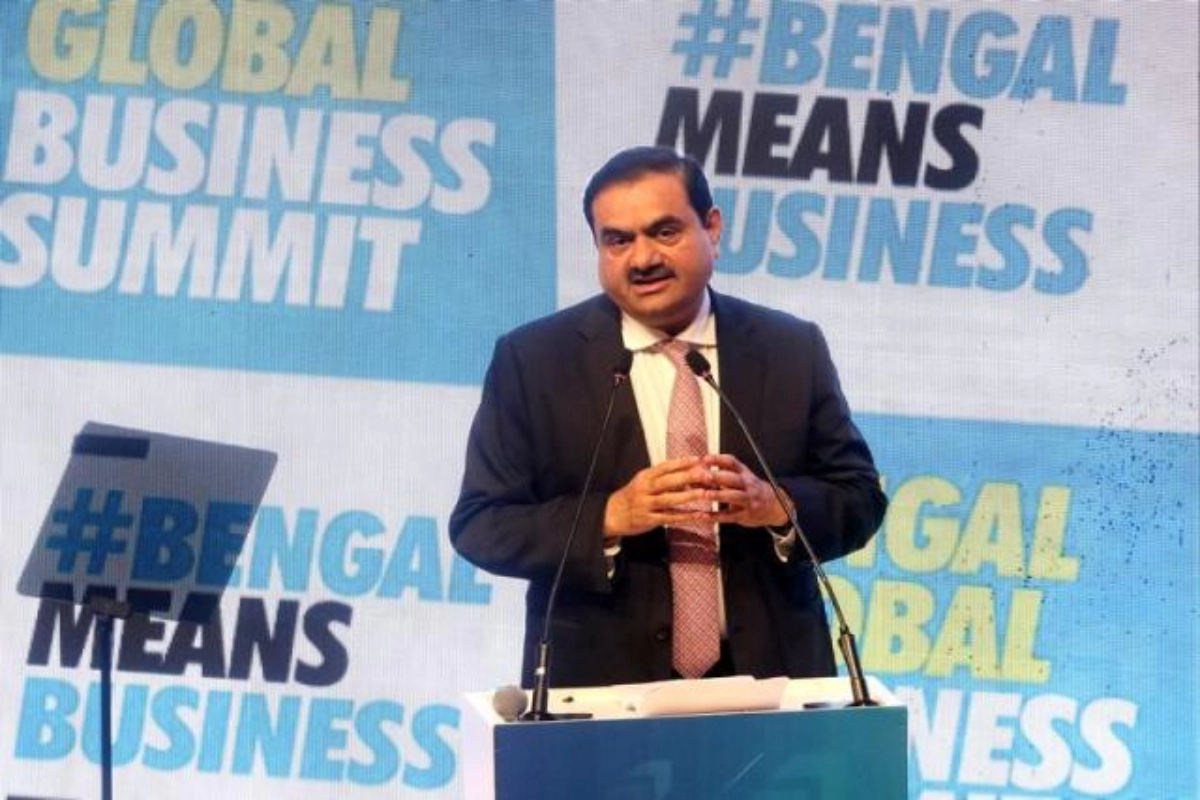In its most recent note, Credit Lyonnais Securities Asia (CLSA) reported that the banking debt held by the Adani Group is less than 40% overall and is made up primarily of bonds, financial institutions, and international banks. Even while the debt of the top five Adani companies has climbed from Rs 1 lakh crore to Rs 2 lakh crore over the past three to four years, according to CLSA, bank lending to the group has not materially increased in recent years.
Bank Funding in Adani group debt
• Share of bank funding in overall Adani group debt is less than 40 percent
• Bonds, financial institutions and foreign banks form larger part of group debt
CLSA study aggregated Top 5 Adani group companies
• Adani Enterprises
• Adani Ports
• Adani Power
• Adani Green
• Adani Transmission
Of the Rs 2 lakh crore in debt in FY 22, it is believed that the bank loan was between Rs 70,000 and Rs 80,000 crore.
CLSA stated,
“The share of bank debt in overall group debt has reduced materially and we estimate that incrementally banks have only lent Rs 15,000 crore, or 15 per cent, of the Rs 1 lakh crore the group companies have borrowed over the past three years,”
The recent purchase of Holcim assets and its financing of Rs 42,000 crore were exclusively handled by foreign banks, according to CLSA, which also observed that private banks’ exposure to the firm is fairly minimal at under 2% of the group’s net value.
Bank exposure to overall debt of Adani Group
• It has decreased from 86% in FY16 to less than 40% in FY22
• PSU Bank exposure declining to 25% from 55%
• Private Banks to 5% from 31 percent five years earlier
Further CLSA remarked,
“The key message is that Indian banking exposure is less than 40 per cent of total group debt. Within this, private banks’ exposure is below 10 per cent of total group debt and most banks(including ICICI/Axis) have indicated that they have largely financed assets with strong cashflows, such as airports/ports,” .
PSU banks do have significant exposure (30% of the group’s debt), but, according to the report, this debt has not increased over the previous three years.
The majority of the additional money for the group’s new ventures and acquisitions has come from international sources.
Also Read: Budget 2023: Industry Expectations from Union Budget 2023 amid signs of Global economic downturn
He said,
“To conclude, the ballpark exposure of private banks is 0.3 per cent of FY24 loans and 1.5 per cent of FY24 net worth. For PSU banks, the exposure is 0.7 per cent of FY24 loans and 6 per cent of FY24 net worth,”
CLSA also stated,
“Bank debt (term loans, working capital and other facilities) forms just 38 per cent of the total debt, while bonds/CP constitute 37 per cent, 11 per cent is borrowing from financial institutions and the remaining 12-13 per cent is inter-group lending,”
According to CLSA, the bank exposure to the Adani Firm is 0.55 percent of system loans because bank debt is less than 40% of the total amount borrowed by the group. In this, the exposure for PSU banks is 0.7% of loans, with some banks’ exposure numbers potentially reaching more than 1% of loans, while the exposure for private banks is 0.3% of loans.
It said,
“For private banks, our feedback suggests that they have potentially reduced their exposure on aggregate and the residual debt to the group is largely in very strong cashflow businesses, such as power and airports. We estimate the absolute exposure at 1.4 per cent of private banks’ FY24 net worth – any weakness due to concerns over the group’s debt would provide an opportunity to BUY, in our opinion,”.
Despite Adani Group’s entry into new industries during the previous two to three years, the PSU exposure has not increased materially
The vulnerability is more significant for PSU banks at 0.6% of loans and 5% of FY24 net worth. PSU banks have also stated that despite the group’s expansion into new businesses over the previous two to three years, their exposure has not materially increased, according to CLSA.
It further states,
“Also, most of the recent acquisitions have been financing by foreign entities. One caveat is that we are not aware of non-funded exposures that PSU banks might have extended,”
Also Read: Union budget 2023: Why middle class should be looking forward to February 1
For all the news updates subscribe to our YouTube channel ‘DNP India’. You can also follow us on FACEBOOK, INSTAGRAM, and TWITTER
